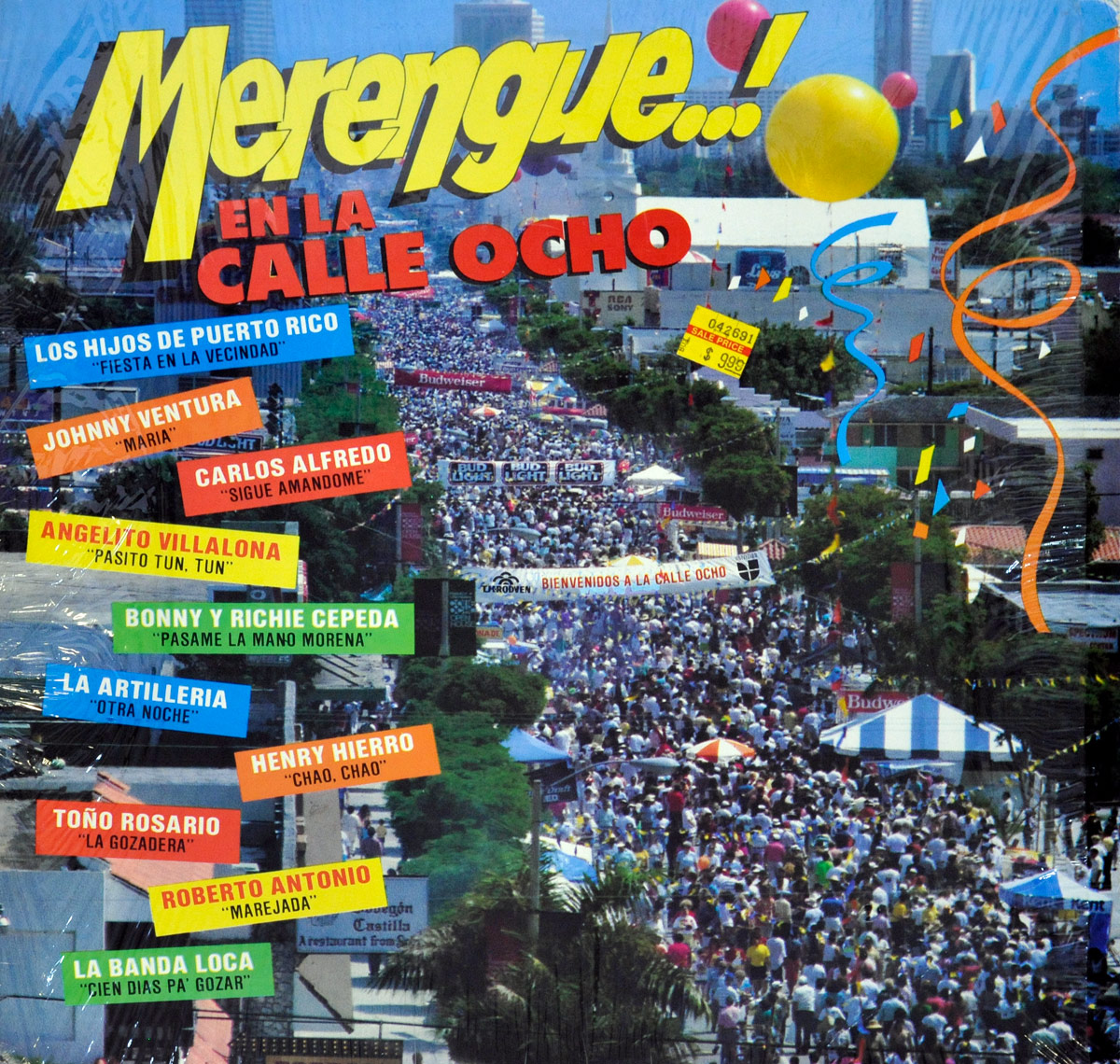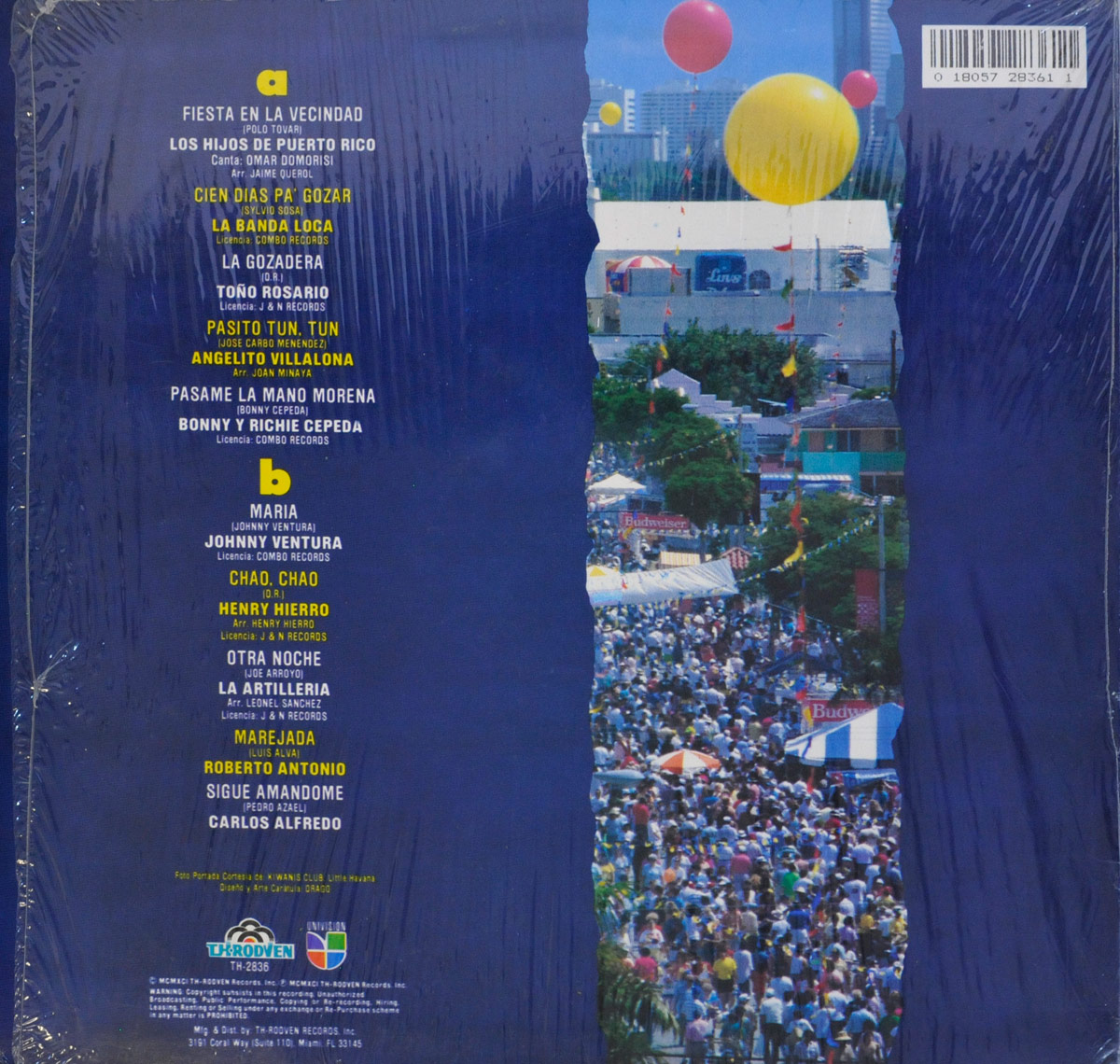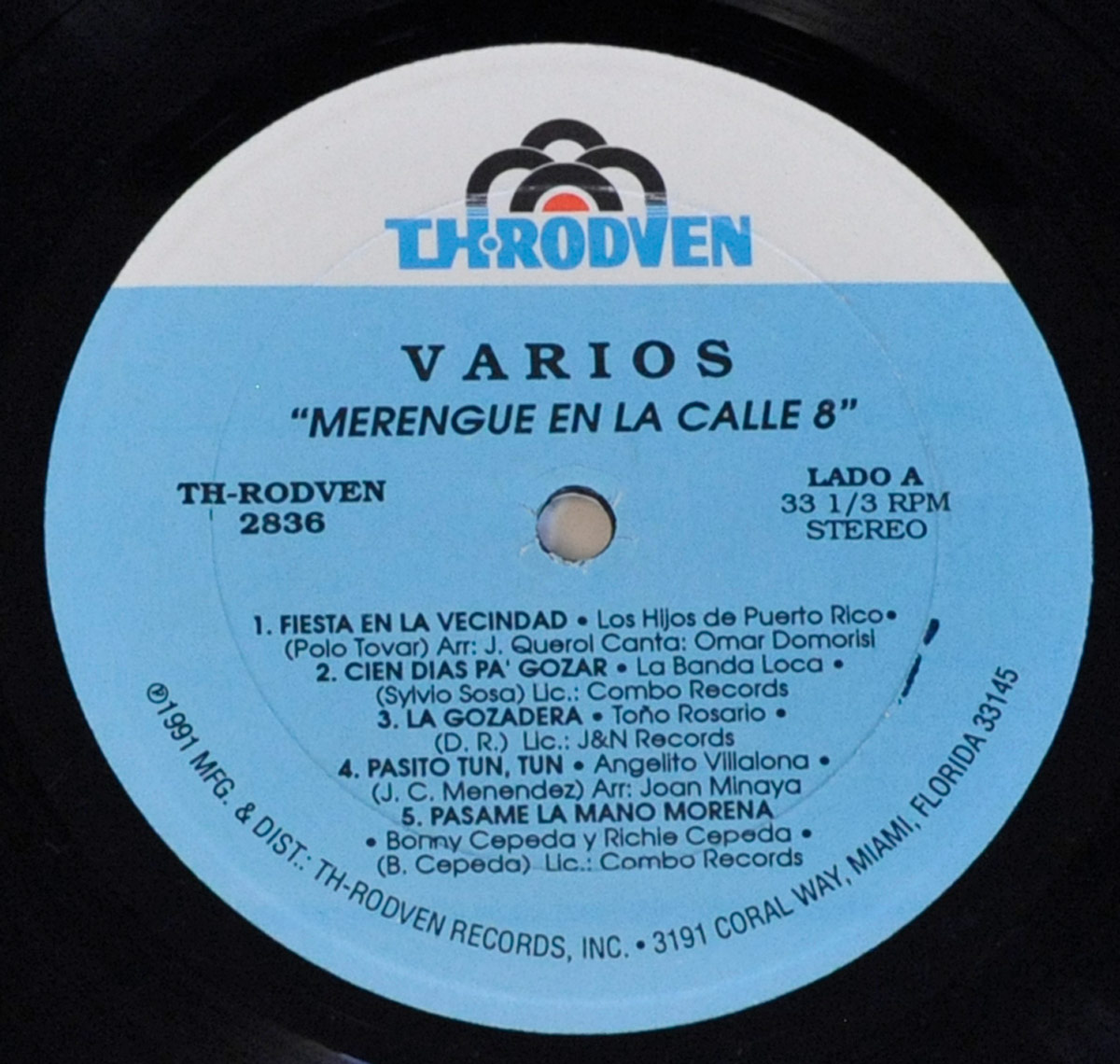Introduction to Merengue Music
Merengue is the heartbeat of the Dominican Republic Ñ a music born from the soil of the Caribbean and raised on the hips of dancers in dusty streets, sugar cane fields, and vibrant city plazas. With its irresistible rhythms, driving percussion, and celebratory spirit, merengue is more than a genre; itÕs a way of life. From its humble beginnings in rural folk traditions to its evolution into a global dancefloor sensation, merengue has kept people moving for well over a century.
Its origins trace back to the early 19th century, rooted in a fusion of African, Spanish, and indigenous Ta’no influences. The traditional instruments Ñ tambora (a double-headed drum), gŸira (a metal scraper), and accordion Ñ gave merengue its signature rhythm: fast, syncopated, and full of fire. In its early days, merengue was often seen as music of the countryside, shunned by the elite. But by the mid-20th century, thanks to artists like Luis Alberti and political patronage during the Trujillo regime, it rose to become the national music of the Dominican Republic.
Over time, merengue evolved, incorporating big band arrangements, electric guitars, and brass sections. Legends like Johnny Ventura, Wilfrido Vargas, and later To–o Rosario pushed the genre into international spotlight, making it a staple in Latin America, the U.S., and beyond. Today, whether played in a colmad—n in Santo Domingo or at a block party in MiamiÕs Calle Ocho, merengue remains a symbol of joy, pride, and cultural unity.
So when you drop the needle on Merengue En La Calle Ocho, youÕre not just hearing songs Ñ youÕre stepping into a tradition that pulses with the soul of the Caribbean. ÁQue suene la tambora!
What is Calle Ocho? The Cultural Heartbeat of Latin Miami
Calle Ocho, Spanish for "Eighth Street", is more than just a roadway in Miami Ñ itÕs an icon of Latin identity, a cultural symbol, and a musical magnet. Located in the heart of Little Havana, Calle Ocho (SW 8th Street) stretches west from downtown and pulses with the sights, sounds, and flavors of the Caribbean and Latin America.
Origins of the Name
The name itself is simple Ñ it's the Spanish translation of ÒEighth Street,Ó one of MiamiÕs main thoroughfares. But what gave Calle Ocho its legendary status was not the asphalt Ñ it was the people. In the 1960s and 70s, large waves of Cuban immigrants settled along this street, fleeing Fidel CastroÕs regime and seeking a better life in the U.S.
These exiles brought with them their music, food, language, and vibrant culture. Over time, Calle Ocho transformed into the beating heart of MiamiÕs Cuban-American and broader Latino community.
A Symbol of Latino Pride
As the years passed, Calle Ocho expanded beyond its Cuban roots to embrace immigrants from across Latin America Ñ including Dominicans, Nicaraguans, Colombians, Puerto Ricans, and more. The street became a living museum of Latin heritage, home to:
- Cigar shops rolling fresh puros by hand
- Bot‡nicas, cafŽs, and bakeries playing salsa and merengue all day long
- Mural-covered walls honoring heroes like Celia Cruz and JosŽ Mart’
- Abuelos playing dominoes in M‡ximo G—mez Park
The Calle Ocho Festival
Every March, Calle Ocho becomes the epicenter of Carnaval Miami, one of the largest Latin street festivals in the U.S. The Calle Ocho Festival features:
- Live music across dozens of stages Ñ from salsa to reggaet—n
- Traditional dance performances and parades
- Delicious street food from all over Latin America
- Over a million attendees from across the globe
In this context, the name "Calle Ocho" has grown to represent not just a street, but a celebration of identity, rhythm, and resilience.
In Music and Popular Culture
Artists across genres have paid tribute to Calle Ocho, including Pitbull (a Miami native) in his breakout single "I Know You Want Me (Calle Ocho)". When compilation albums like ÒMerengue En La Calle OchoÓ use the name, they tap into this vibrant energy Ñ evoking the streetÕs legacy as a dance floor without walls.
So whether youÕre cruising the boulevard with your car stereo blasting or dancing to a live band in the middle of the street, Calle Ocho is a place where Latin music doesnÕt just play Ñ it lives.
ÁBienvenidos a Calle Ocho Ñ donde la mœsica nunca para!
MERENGUE En La Calle Ocho – Vinyl Compilation Album (1991, TH-Rodven Records TH-2836)
This vibrant 1991 compilation, Merengue En La Calle Ocho, captures the electric pulse of Latin AmericaÕs most danceable genre: merengue. Released on TH-Rodven Records, this 12-inch LP is a celebration of Caribbean joy, featuring ten exhilarating tracks by heavyweights and rising stars of the genre. Each side of the record offers a journey through street party energy, tropical romance, and irresistible rhythm.
Side One
1. Los Hijos de Puerto Rico – "Fiesta en la Vecindad"
This lively opener comes from a group that fuses Puerto Rican folklore with modern merengue flair. Known for their community-centered themes, Los Hijos de Puerto Rico pay tribute to the neighborhood celebration Ñ la vecindad Ñ with call-and-response vocals and tight brass sections.
2. La Banda Loca – "Cien D’as Pa' Gozar"
True to their name, La Banda Loca brings a wild and uninhibited sound. Their 100-day party anthem is pure escapism, driven by rapid-fire tambora beats and wacky lyrical charm. They embody the street carnival spirit of Calle Ocho in Miami.
3. To–o Rosario – "La Gozadera"
A former member of Los Hermanos Rosario, To–o Rosario went solo and became one of merengue's most flamboyant and beloved figures. "La Gozadera" is his high-octane call to dance Ñ flamboyant, joyful, and uniquely Dominican.
4. Angelito Villalona – "Pasito, Tun, Tun"
From the legendary Villalona family, Angelito steps forward with a groove-heavy number that's as catchy as it is heartfelt. His style blends romantic tones with upbeat tempos Ñ an ideal bridge between traditional and modern merengue.
5. Bonny y Richie Cepeda – "P‡same la Mano Morena"
Brothers Bonny and Richie Cepeda deliver a suave, melodic merengue with urban undertones and sweet harmonies. Known for their smooth vocal delivery, they bring a touch of sensuality and class to this party-heavy tracklist.
Side Two
6. Johnny Ventura – "Mar’a"
The Caballo Mayor himself, Johnny Ventura is a cornerstone of Dominican merengue. With unmatched charisma and inventive arrangements, Ventura modernized the genre in the 1960s and 70s. "Mar’a" is a classic Ñ bold, rhythmic, and deeply rooted in Afro-Caribbean tradition.
7. Henry Hierro – "Chao, Chao"
A talented composer and bandleader, Henry Hierro blends storytelling with punchy arrangements. ÒChao, ChaoÓ is a farewell track with bite Ñ catchy, dramatic, and made for the dancefloor.
8. La Artiller’a – "Otra Noche"
This powerhouse group fires off merengue hits like musical ammunition. La Artiller’a brings a raw, aggressive sound filled with punchy horns and relentless percussion Ñ perfect for late-night dancing.
9. Roberto Antonio – "Marejada"
One of VenezuelaÕs most beloved crossover stars, Roberto Antonio fuses merengue with pop and techno elements. ÒMarejadaÓ (meaning tidal wave) flows with synthesizers and Caribbean breeziness, making it a standout for fans of modern Latin pop.
10. Carlos Alfredo – "Sigue Am‡ndome"
Ending on a romantic note, Carlos Alfredo delivers smooth vocals and an emotional plea with ÒSigue Am‡ndome.Ó A staple of soft merengue ballads, Alfredo adds emotional weight to a record dominated by dance tracks.
Album Notes for Collectors
- Pressed in the USA in 1991, this stereo LP is a fine representation of TH-RodvenÕs influence in the Latin music industry.
- With full-color artwork on the front and track details on the reverse, this vinyl makes an eye-catching addition to any collection.
- The record label close-up shows the official TH-2836 press, confirming authenticity for collectors of 90s Latin vinyl.


